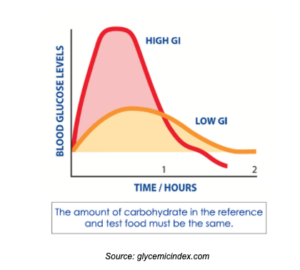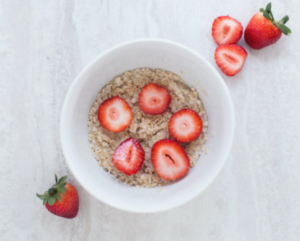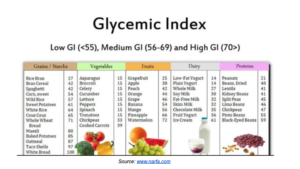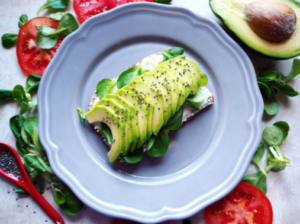Tasty Foods That Lower Blood Sugar Levels & Protect Vision
If you have diabetes, you know how important it is to control blood sugar levels.
People with diabetes cannot produce or use insulin properly, forcing glucose to collect in their blood. Elevated amounts of blood glucose are known to cause various health problems such as cardiovascular issues and diabetic eye disease.
Thankfully, there are a lot of tasty foods that can help lower blood sugar and prevent diabetes-related illnesses from forming. Eating well can also protect your eyes and prevent diabetic eye disease from affecting your vision.
Eating a healthy and nutritious diet that avoids spikes and dips in blood sugar is the key to success for diabetic people. Carbohydrates in particular break down into sugars that enter our bloodstream. There are different kinds of carbs and each type affects our bodies and blood sugar in different ways.
Understanding the Glycemic Index (GI)
One of the most important things diabetics can do is to learn about the glycemic index (GI). This index assigns a value to carbs based on how slowly or how quickly they increase blood glucose levels.
Foods with a high GI score are quickly digested, absorbed, and metabolized by the body which results in big fluctuations in blood glucose levels. Foods with a low GI score take longer to digest and cause fewer ups and down in both blood glucose and insulin levels.

Low GI foods that Prevent Blood Sugar Fluctuations
By focusing their diets on low GI foods, diabetics can significantly improve their health and control over blood glucose levels. Check out this list to see where 60+ foods stand on the GI index.
GI ratings are broken into three tiers:
- Low: 55 or fewer (the best tier)
- Medium: 56–69
- High: 70 or more
People with diabetes need to eat low GI foods to prevent spikes and dips in blood sugar. Doing so can help energy levels stay stable throughout the day and also prevent damage to blood vessels in the eyes, kidneys, heart, and nerves.
Oatmeal

Fiber-rich oatmeal is a wonderful option for diabetics looking to positively impact blood glucose levels. With a GI score of less than 55, oatmeal reduces glucose and insulin responses after eating.
Additionally, oats can improve insulin sensitivity, help maintain glycemic control, and reduce blood lipids. When choosing an oatmeal product, make sure you don’t get sweetened oatmeal packets that come loaded with sugar. Check out this link to learn more about the best oatmeal for type 2 diabetes.
Eggs
Eggs are nutritiously packed foods that provide lots of healthy protein, fats, vitamins, and minerals. When eaten regularly, they have also been linked to a reduction in fasting blood sugar, improvements in insulin sensitivity, and a reduced risk of diabetes.
Beans and Lentils

Although beans and lentils contain many carbs, they are a great source of complex, healthy ones that are full of fiber and protein. Beans have a low GI score and are great for creating slow blood sugar rises and keeping you feeling full.

Broccoli
Broccoli is a great source of fiber and can do a great deal in helping manage diabetes. Fiber takes a while to breakdown and digest, which helps ensure that glucose is slowly metabolized.
Brocolli is also low in carbohydrates with a GI score of only 15. In addition to all this, broccoli comes loaded with amazing antioxidants and minerals that help the body in a multitude of ways.
Chia Seeds

Chia seeds have also been linked to lower blood sugar levels and improved insulin sensitivity. These healthy seeds are also helpful in reducing the risk of diabetes. Chia seeds can be added to smoothies and juices, mixed into oatmeal, or even added to salads. To learn more about fun ways to eat chia seeds, click here.
Conclusion
In conclusion, there are so many healthy and delicious foods that can help control blood glucose levels and improve insulin sensitivity. The foods mentioned above are just a few of the different things you can eat to manage diabetes and protect your eyes and body from future problems.
To learn more about the Diabetic Eye Clinic, please click here to contact us